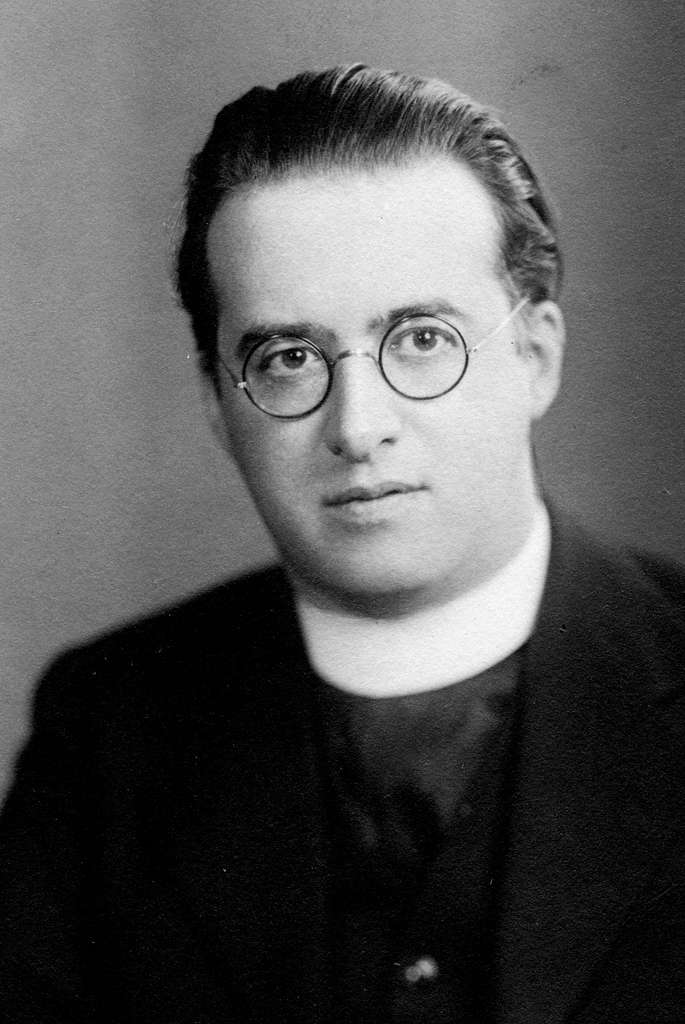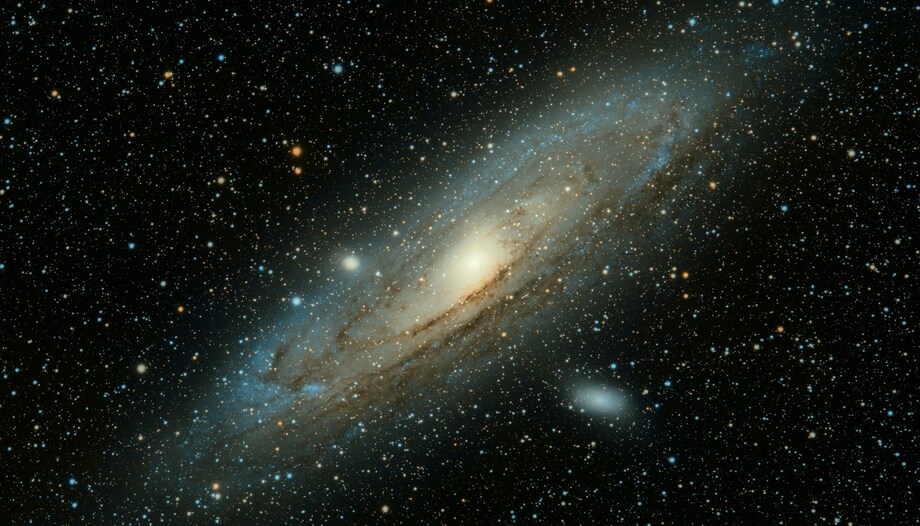 Catholic scientists: Francisco Javier Balmis, promoter of smallpox vaccine
Catholic scientists: Francisco Javier Balmis, promoter of smallpox vaccine José Carlos González-HurtadoThe more science, the more God".
José Carlos González-HurtadoThe more science, the more God".
March 14 is the international day of mathematics and it is not by mere chance. Many countries of Anglo-Saxon tradition write the date following the month-day-year scheme, or simply month-day. This means that a date is written 3-14... And in those digits lies the key to the mathematical memorial day: 3.14 is the beginning of one of the most famous numbers, the number Pi.
Mathematics, loved and hated alike, is also important for Catholics. An example of this is the life of the priest, mathematician, astronomer and physicist Georges Lemaître, who, in addition to his time in the seminary, developed an intense academic and research activity. So much so that he is one of the fathers of the Big Bang Theory and the Hubble-Lemaître Law.
Two vocations
Georges Lemaître was born in Belgium on July 17, 1894. The son of Catholic parents, he studied at a Jesuit school. There he excelled in several subjects, but especially in mathematics and physics. While studying, he came to the conclusion that he had two vocations, which at first might seem incompatible: priesthood and science.
After passing through the School of Mining Engineers and volunteering for the army during the First World War, Georges began his studies in Physics and Mathematics. In 1920, he obtained his doctorate with his thesis "The approximation of functions of several real variables". After defending his dissertation, Lemaître joined the seminar.
However, the preparation for the priesthood was not an obstacle to continue learning about physics and mathematics. Therefore, the young seminarian continued to delve into science, taking a special interest in Einstein's Theory of Relativity. Throughout his life, Georges Lemaître met the German physicist on four occasions, who recognized his important contributions to scientific progress.
The Theory of Relativity accompanied the priest for several years. He delved into it throughout his research work, which took him both to Cambridge University in England and to the famous MIT (Massachusetts Institute of Technology) in the United States.
Scientific contributions
Eventually, Georges Lemaître obtained the professorship at the Catholic University of Louvain, in his home country, so he returned to Belgium. There he developed one of his great contributions, mentioned above: the Big Bang Theory.
It was also during this time that he published his work on what is known today as the Hubble-Lemaître Law. However, his contribution to this law took years to be recognized, as the scientific community attributed the credit almost entirely to astronomer Edwin Hubble.
Science and faith
There were those who doubted Lemaître's work as a mathematician and physicist. For some, his status as a priest and his Catholic beliefs prevented him from doing his work well. But the scientist did not hesitate to clarify that his faith was not an impediment to the work he did. He assured on several occasions that he did not need to mix the two fields when they had to be kept separate.
Despite this, he also stated that the advantage of being a Catholic scientist is that one has the assurance that reality is created by an intelligent being, so answers to questions about the universe can be found, since they follow a logic.
The Pope at the time, Pius XII, did not have the same prejudices as some scientists of the time. He therefore appointed Lemaître as a member of the Pontifical Academy of Sciences. While it is true that the Pontiff and the priest had some differences, Lemaître never came into direct conflict with the Pope, claiming that his scientific theories were not related to Theology.
Last years
In 1960, Georges Lemaître became president of the Pontifical Academy. During his tenure, he facilitated dialogue between believing scientists and atheists, achieving an openness never before seen in the institution.
The priest continued his research and priestly ministry throughout his life until he died of leukemia in 1966 at the age of 71.











